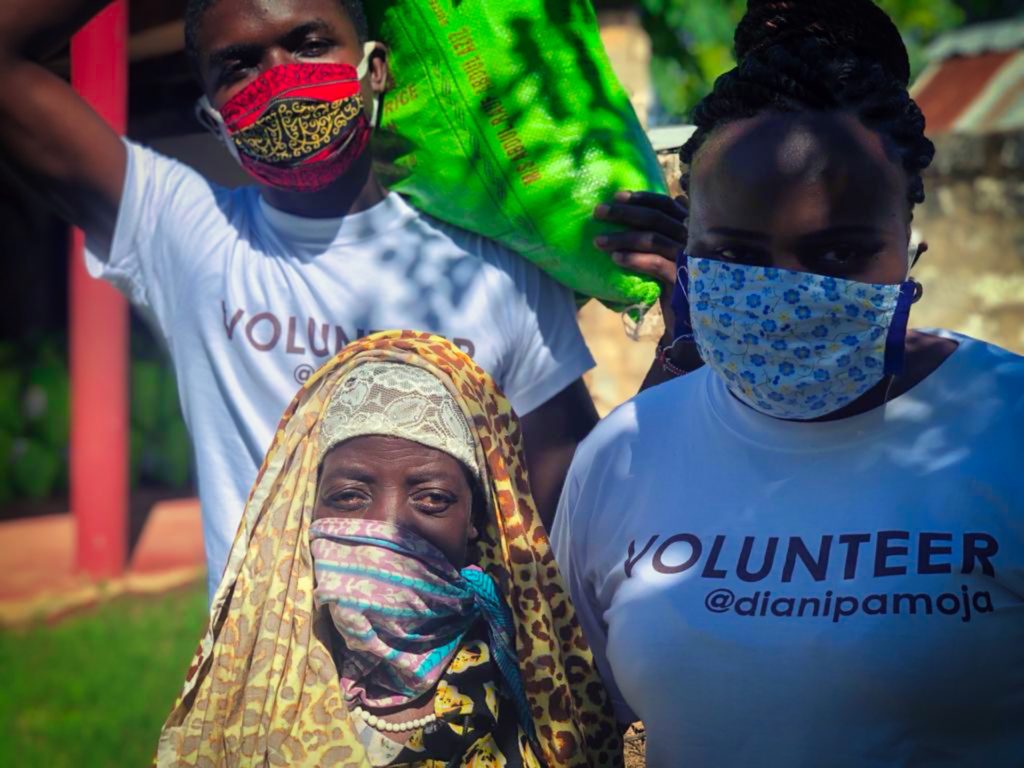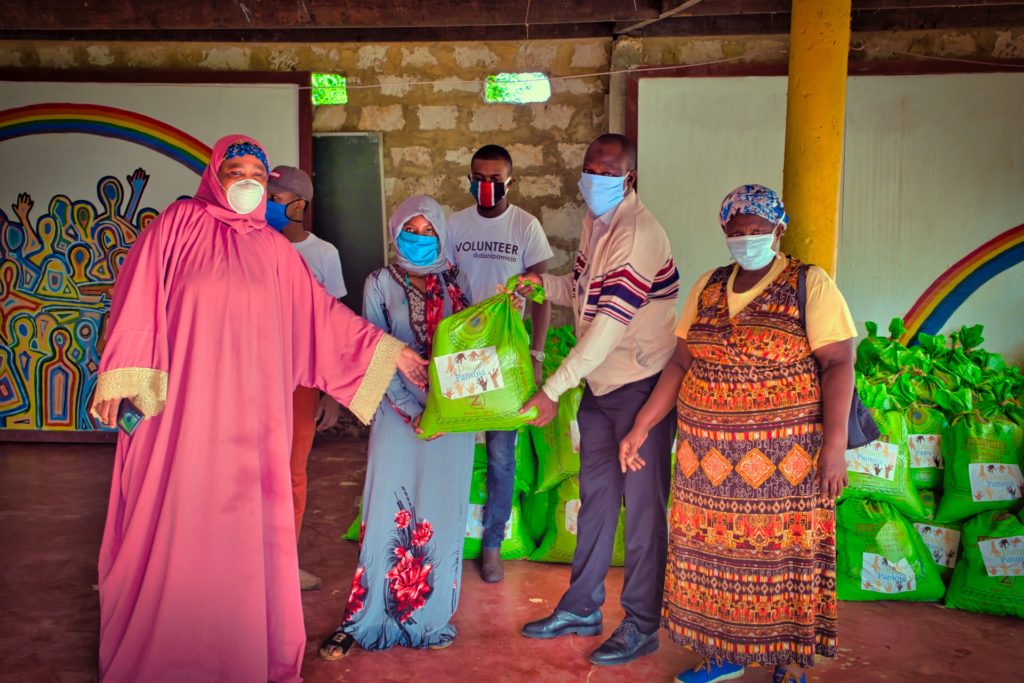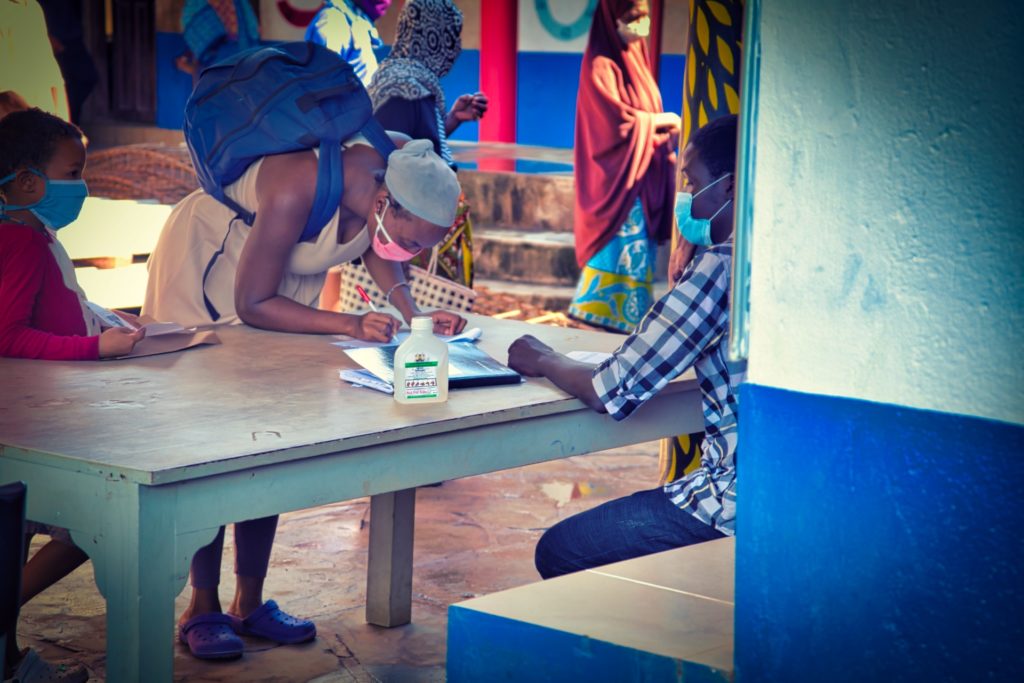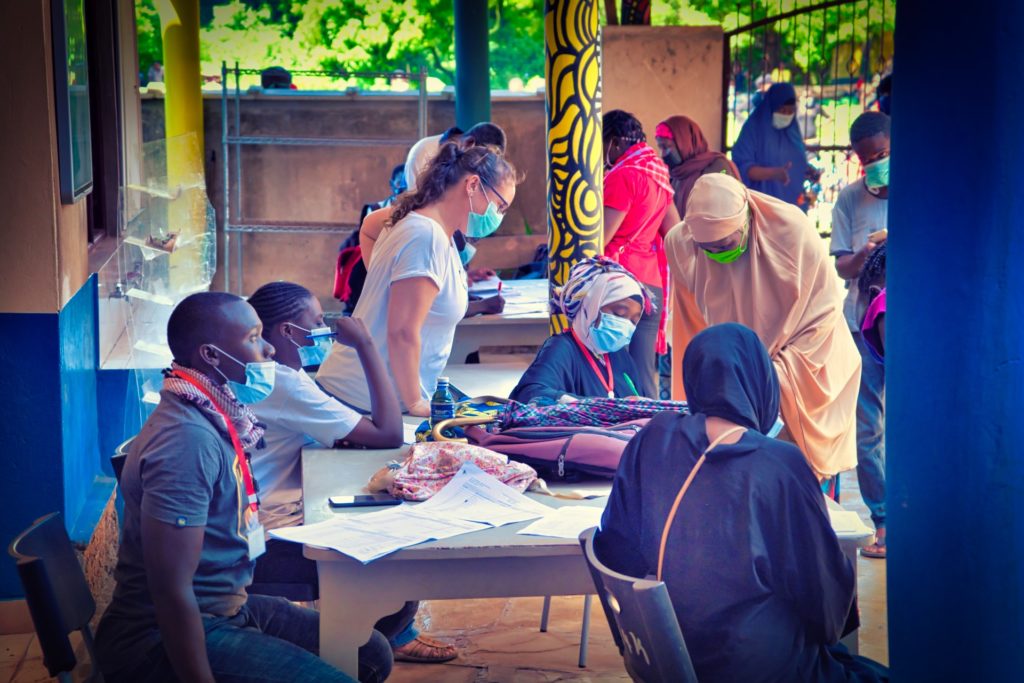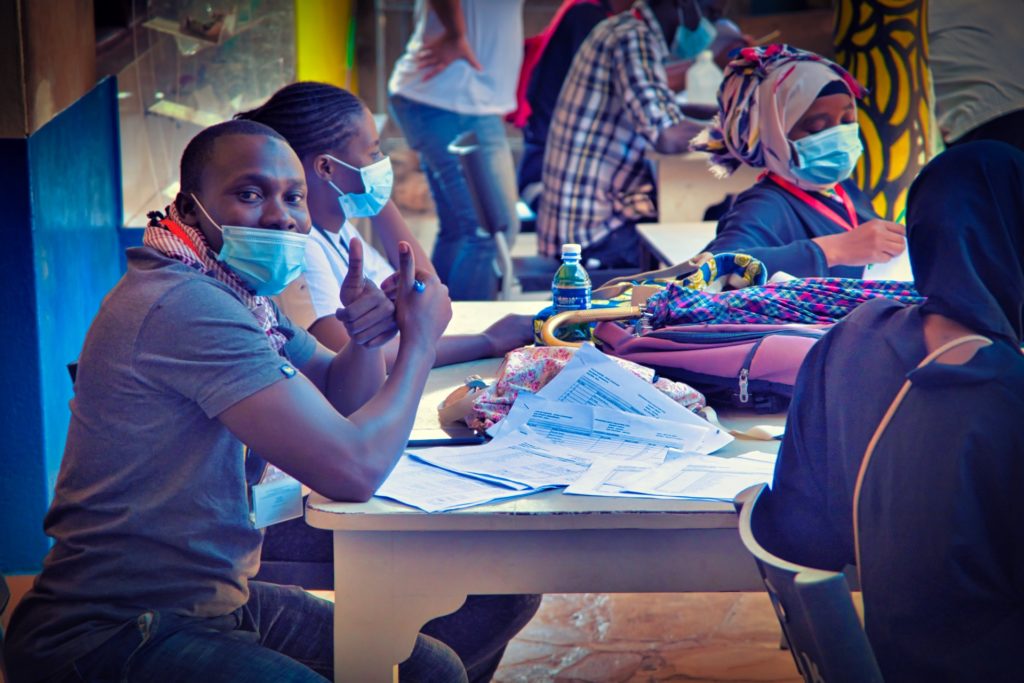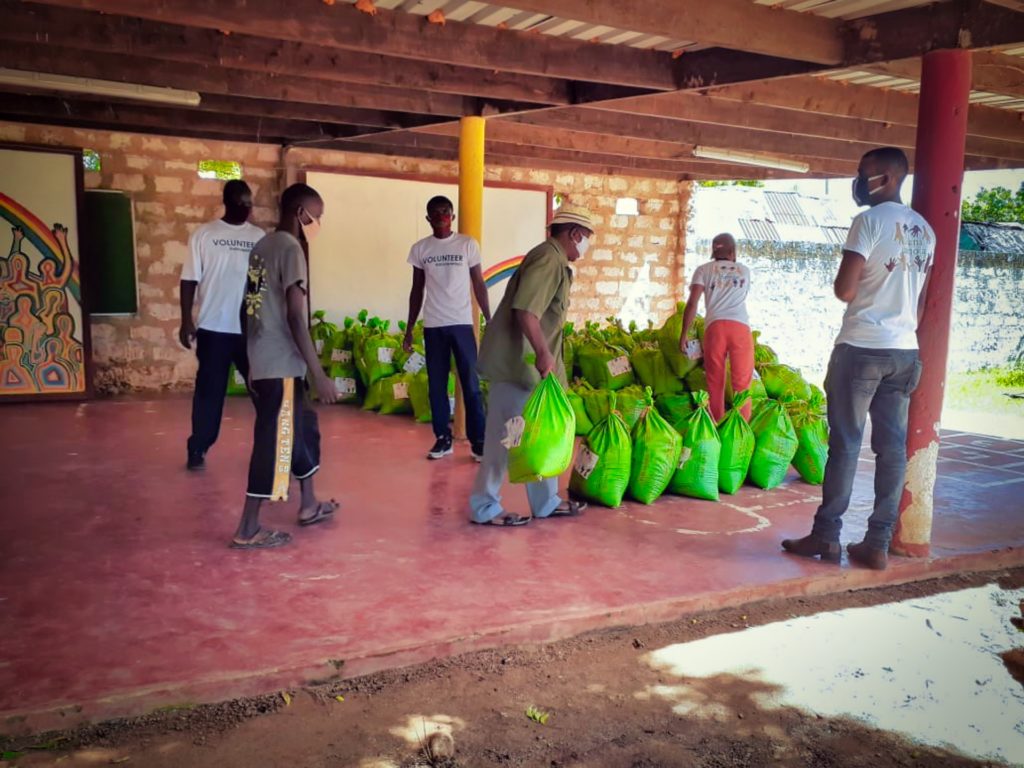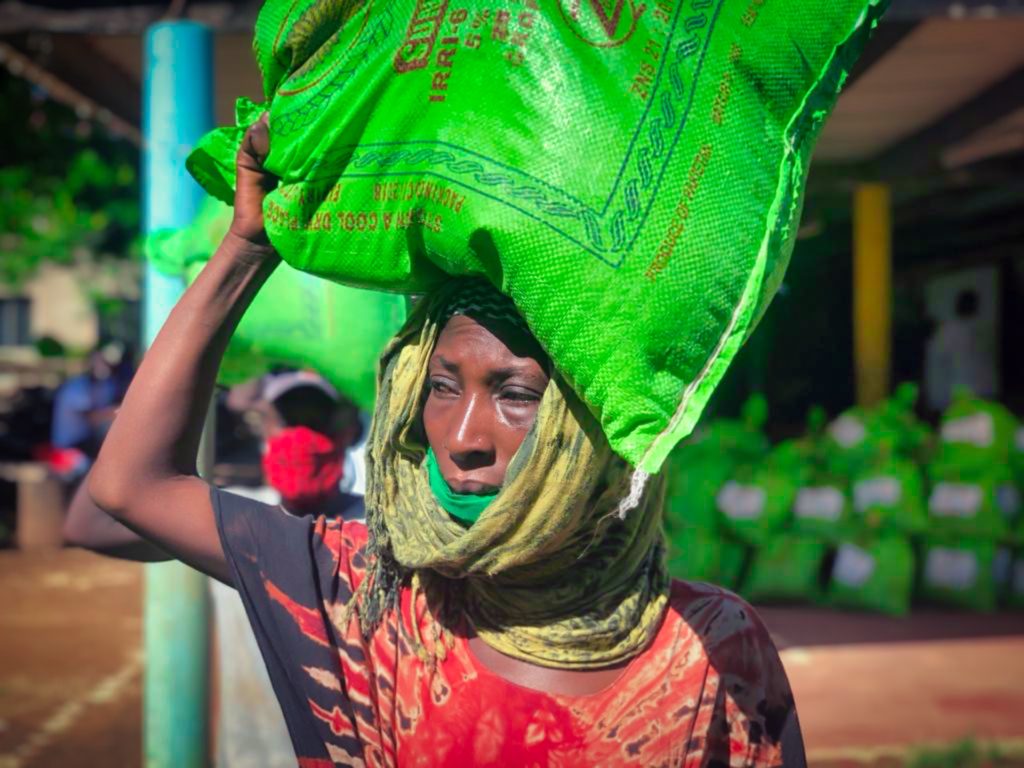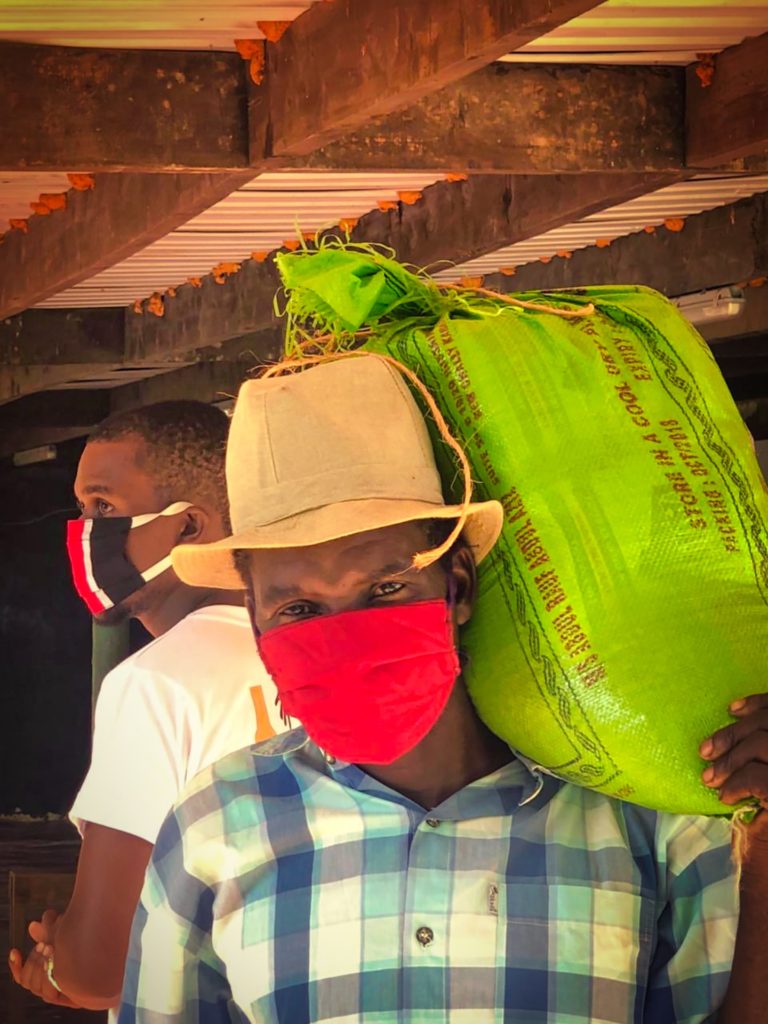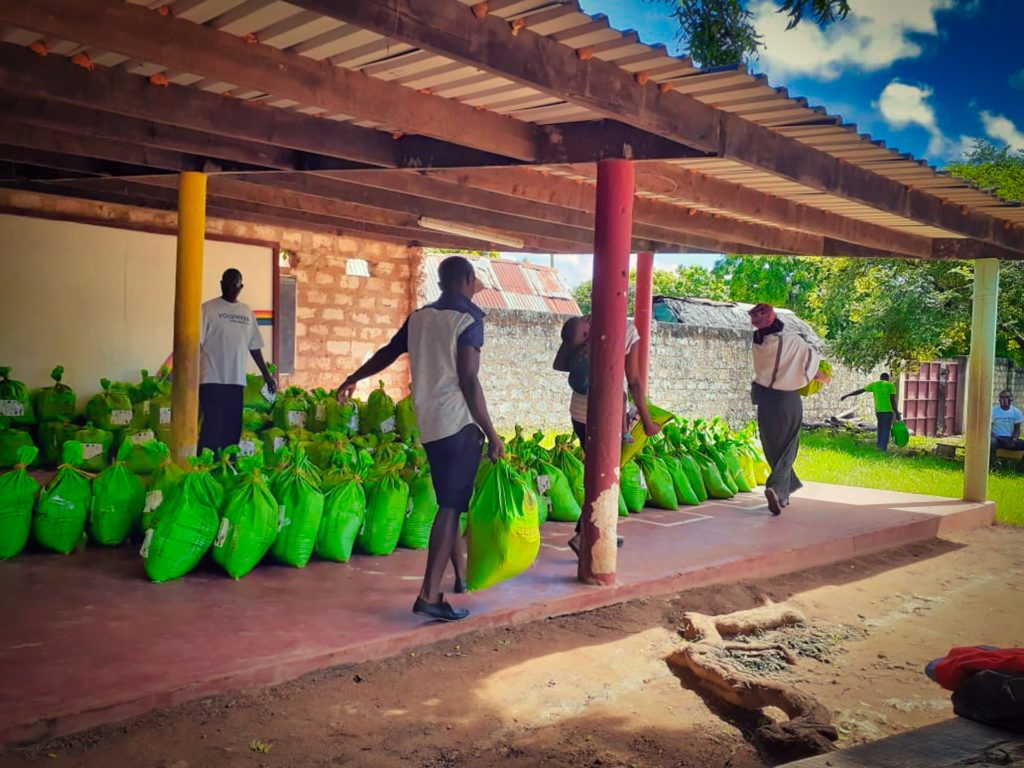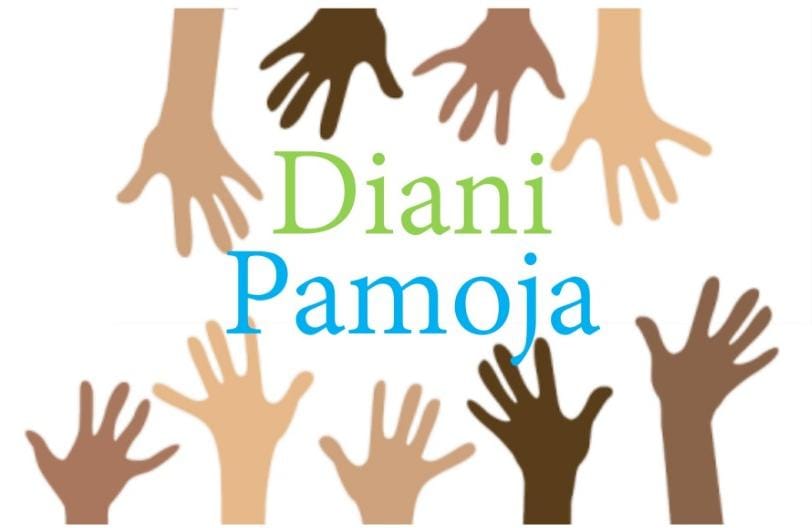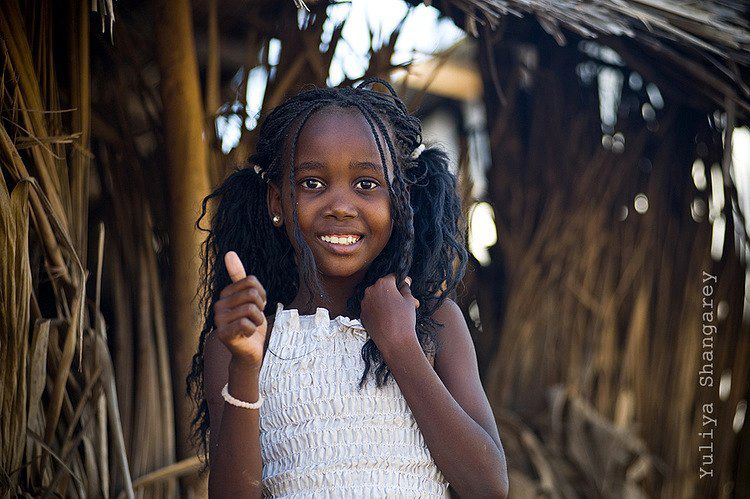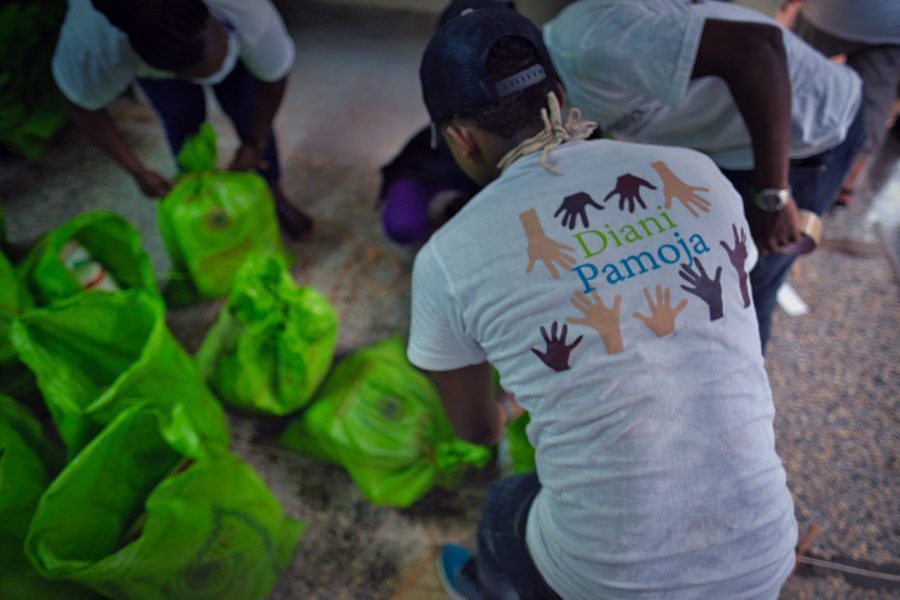For a long time we had to keep it secret, where in Diani Beach or Ukunda our first food distribution will take place. The authorities and of course the team of Diani Pamoja wanted to avoid that unregistered households come to the distribution point. One thing beforehand, everything went wonderfully smoothly and almost too easily until … but read yourself!
Let’s start from the beginning!
There were many meetings in advance and a lot of bureaucracy – but in the end the good planning paid off, because today’s procedure started really smoothly. Maweni is considered a pilot project and we are happy that we were able to start in a small village in Diani Beach, which has been especially hard hit by the loss of tourism.
Where is Maweni in Diani Beach and why do we start there?
Many people may not know Maweni, even though they have already passed through it several times. Those who start from Diani Beach to Nairobi or on a fly-in safari in the Maasai Mara, will automatically pass through a part of Maweni. It is located between the Diani Beach Road and the Ukunda Airstrip. Maweni is therefore the – although very small – gateway to the south coast, if you arrive in Diani Beach on a domestic flight. Along the road from the airport you pass the small typical shops where you can buy vegetables, fruits and much more. Also some small local restaurant are located at the roadside where you can get the traditional food like Ugali, Chapatis, Maharagwe and Sukuma Wiki. Maweni is elongated, wide and stretches for about 3 km behind Diani Beach Road. It contains several scattered areas, which all belong to the village.
The Red Cross Kenya has chosen Maweni as a pilot project to assess the vulnerability with their volunteers. The aim was to select objective criteria that represent the actual state of a household. We think Red Cross Kenya has done a great job and the lists look very well prepared for us.
Thus, for Maweni there are now 403 households on the list that meet the criteria of neediness. So we had 410 packages packed – you never know 😉
How do the households on the list receive their food?
The process was discussed in advance with the Kwale County Government and Red Cross. The distribution of the donations will always take place in schools. It makes sense to use this existing infrastructure, especially since we are in the middle of the rainy season and bad weather cannot be ruled out. The registered households are allowed to come with a maximum of 2 persons and will be divided into groups in advance with the help of the Village Elders. When entering the school, Red Cross Kenya will check that the persons are on the list. Everyone must therefore present their ID card (identity card). A minimum distance must be maintained – if possible 1.5 metres and access to the schoolyard is only permitted with a face mask. The Red Cross Kenya has set up 3 stations for hand washing, so that all necessary hygiene measures can be observed.
At 4 registry tables, all participants in the aid programme are then crossed off the existing lists and have to sign for their package. Afterwards they can go to the distribution station and pick up their Diani Pamoja food parcel.
The packages always include:
– 13 kg corn kernels
or 13 kg of rice
or 12 kg of maize flour
– 7 kg beans
– 1 litre cooking oil
The food packages have been agreed with the Kwale County Government and are intended to apply to all organisations, associations, private individuals and also the government itself. This is to avoid social unrest between the communities. The citizen should neither be disadvantaged nor favoured, because association X gives more and the organisation Y gives less.
The whole spending process is accompanied by the volunteers of Diani Pamoja – so that the packages get into the right hands. Especially since it has been reported in advance from so many areas that people who are not originally from the coast are not included on the lists. One thing in advance: for today we cannot confirm these rumours. We have spoken to many people who do not have their roots on the coast, and a look at the list of names has also confirmed this.
The morning runs smoothly without interruptions. Our volunteers even take the time to carry the Diani Pamoja food parcel home for some of the older aid recipients. After all, 20 kilograms is a pretty decent weight. After about 3 hours 80% of the parcels are distributed. Now the people only dribble sporadically into the schoolyard and we are a little surprised. Upon request we find out that not all households from some of the scattered areas have been informed in time. One wanted to pass on the information as late as possible. Now unfortunately too late for a few households – when we finish today’s distribution, we have almost 40 packages left. We are sorry for those who were not considered today as a result. We are putting a quick end to the verbal wrangling about who will now receive the remaining packages. The government says it must be a list allocation – so we load the packages back into the truck and bring them back to the warehouse.
All in all it was a successful first distribution campaign. With many little stories on the side, which strengthened the human relations. We are striving for a quick exchange with everyone involved, are looking for the next village and are already calculating how many parcels we might pack next time. And of course we are looking for those who unfortunately were not there on time today and hope that we will be able to hand over these packages early next week.
A special thanks goes out today to our helping hands: Constance, Bianca Beyer, Julie, Marriëtte, Dennis, Brian, Vincent, William, Ali Bora and Stephen – asanteni sana!
For the statisticians among us:
362 parcels with a total weight of 7,240 kilos were issued today – according to the statistical average, we reached about 1,900 people in Diani Beach.

